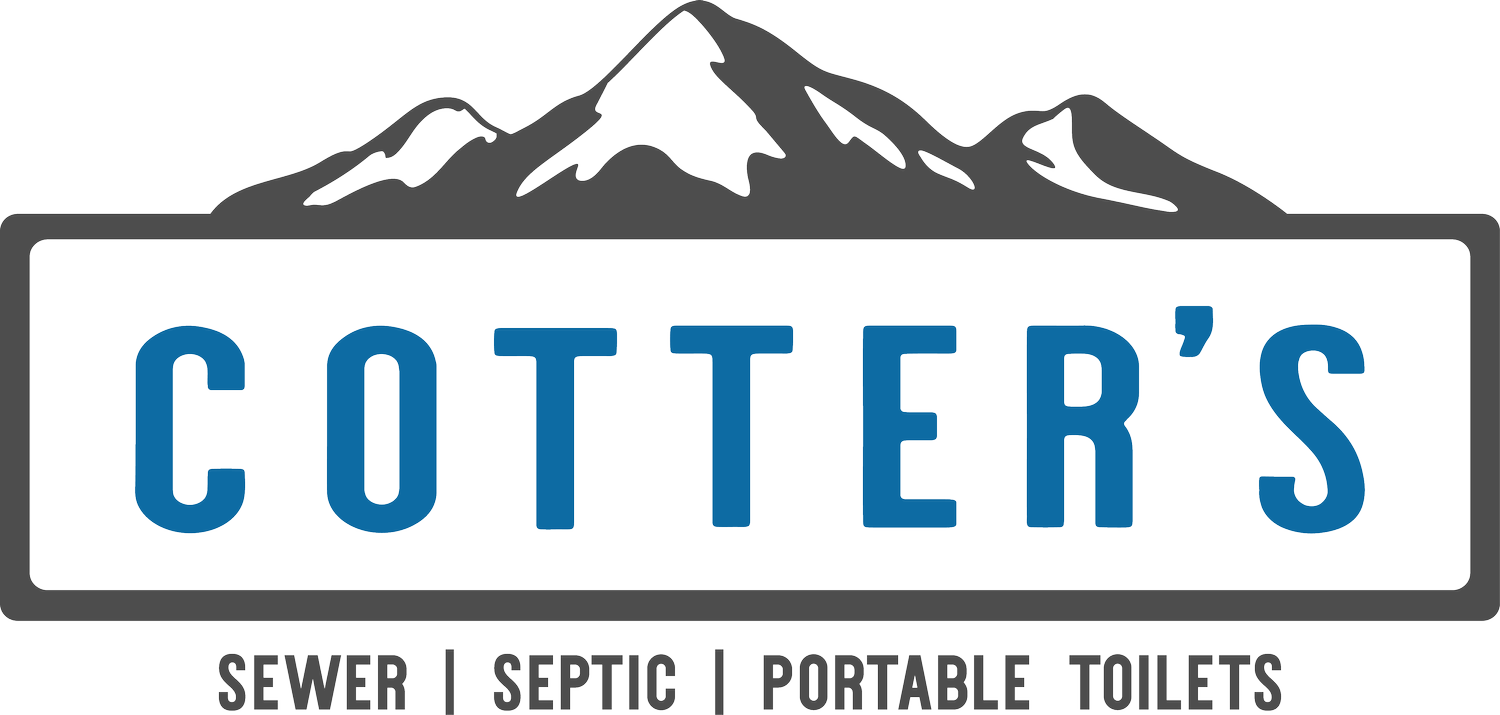Types of Grease Interceptors
Grease Interceptors or “Traps” separate fats, oils, grease, and solids from restaurant kitchen wastewater. To properly maintain these grease traps, you should schedule be on a scheduled cleaning cycle, using only state-licensed septic pumpers/haulers. There are two types of grease interceptors that require different maintenance schedules.
An in-ground grease interceptor is a large concrete box containing two or three compartments located outside of the facility below ground. There are usually two or three manhole covers located above ground for cleaning and access. It separates grease and solids from kitchen wastewater. Once wastewater enters the interceptor, it flows between the compartments allowing the FOG to float to the surface, and solids to settle on the bottom of the interceptor.
Recommended Pumping Frequency: 3 Months
Small/Under-sink grease traps can require frequent cleaning because of their smaller capacity. Removal of the FOG and solids in the grease trap is accomplished by a vacuum or hand removal method with disposal into waste containers.
Recommended Pumping Frequency: 1 Month
To help avoid backups from happening, we recommend getting on a recurring maintenance schedule to get your grease trap pumped. Without regular pumping, the solution for a backed-up sewer system caused by FOG getting into the sewer system is Hot Water Jetting. Hot water jetting is a highly pressurized method to clear away the toughest grease and grime in the sewer lines. With Cotter's, you can trust us to keep your kitchens safe because we are fully licensed and insured, practice thorough cleaning techniques, and dispose of all waste properly.
